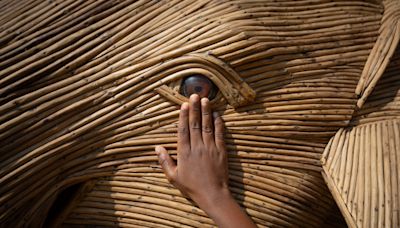Search results
Feb 6, 2023 · The elephant herd can consist of up to 100 individuals with several females and baby calves and only one older bull. The elephant herd can split into several smaller herds (or “elephant units”) if the group is too big.
The social structure of elephant herds is matriarchal, with the oldest and most dominant female leading the group. Female elephants cooperate in taking care of calves, and allomothers within the herd ensure that every young elephant is raised with love and support.
Jan 25, 2024 · Family units, bond groups, and herd aggregations showcase the interconnectedness and cooperation within elephant societies. Understanding this social structure is essential for conservation efforts and ensuring the well-being of these magnificent creatures.
18-24 ft. Elephants are the largest land mammals on earth and have distinctly massive bodies, large ears, and long trunks. They use their trunks to pick up objects, trumpet warnings, greet other elephants, or suck up water for drinking or bathing, among other uses.
Oct 14, 2022 · A group of elephants is commonly called a herd or, less commonly, a parade! Above all else, herds are family groups. Herds vary significantly in size, but their structure is consistently multigenerational and matriarchal. A typical herd is led by one female elephant matriarch.
The African Savanna (Bush) elephant is the world's largest land animal – with adult males, or bull elephants, standing up to 3m high and weighing up to 6,000kg on average. Males only reach their full size at 35-40 years - that’s well over half their lifespan as wild elephants can live for up to 60-70 years.
A group of elephants is called a herd or a parade. Not a trumpet, nor a trunk. But why? Discover the full story behind the elephant group name here.
Elephants live in family groups called herds. An older female (the matriarch) leads a herd and uses her old age and experience to protect the herd and show it to food and water. Females stay with the same herd all their lives, while the males only remain with the herd until they are 12-13 years old.
Female elephants are called “cows”, male elephants are called “bulls,” and babies are called “calves”. A herd can consist of 8-100 individuals depending on terrain, climate, and family size. Female herds are led by “matriarchs,” often the oldest and wisest females in the group.
Loxodonta. Type: Mammals. Diet: Herbivore. Group Name: Herd. Average Life Span In The Wild: Up to 70 years. Size: Height at the shoulder, 8.2 to 13 feet. Weight: 2.5 to seven tons. Size...

